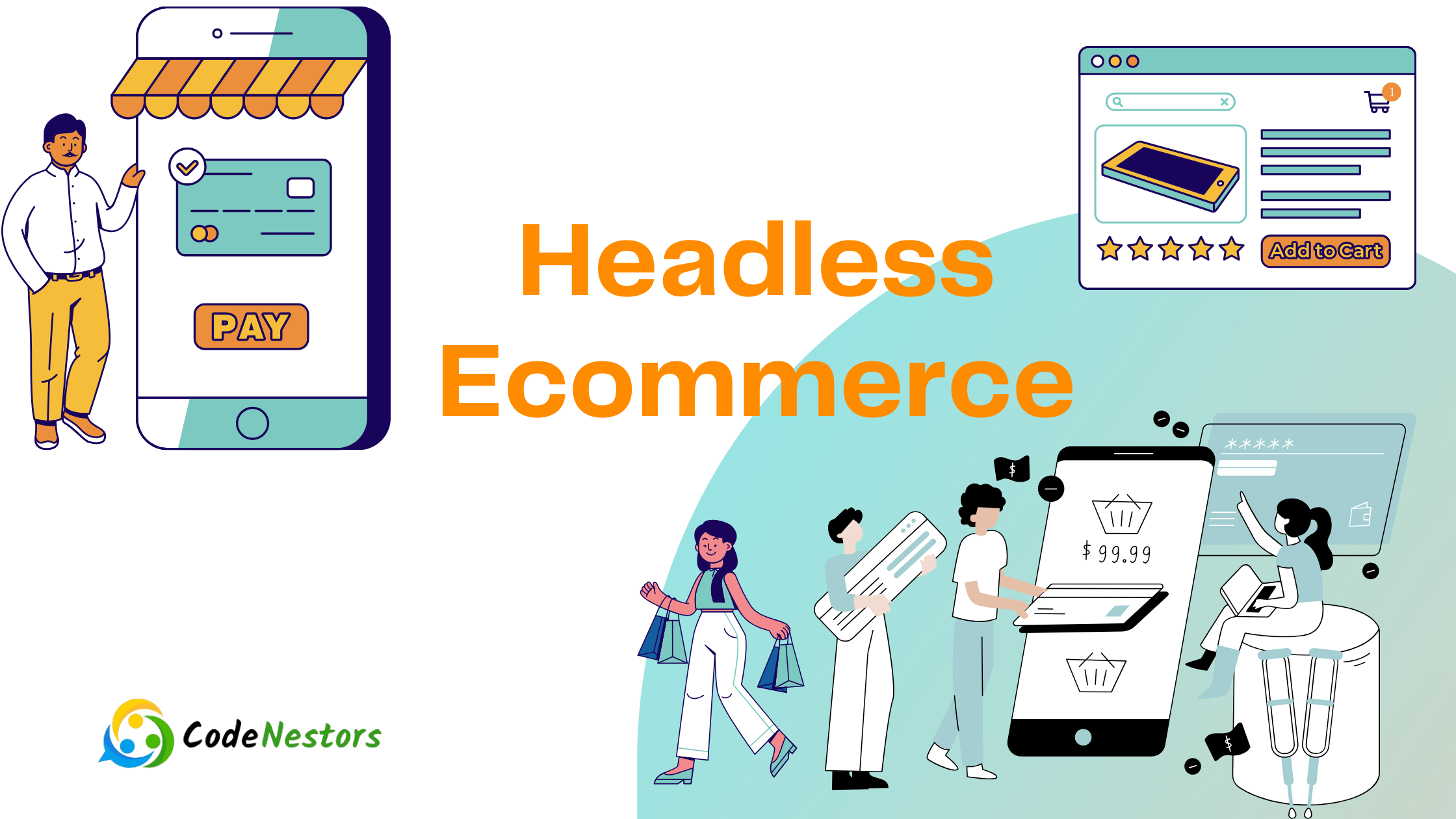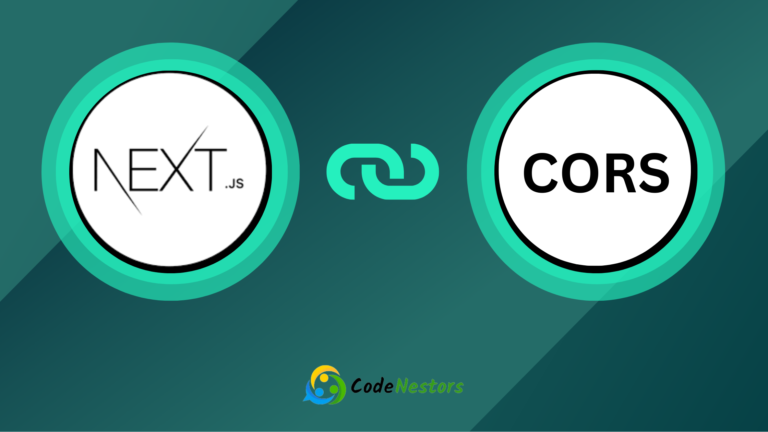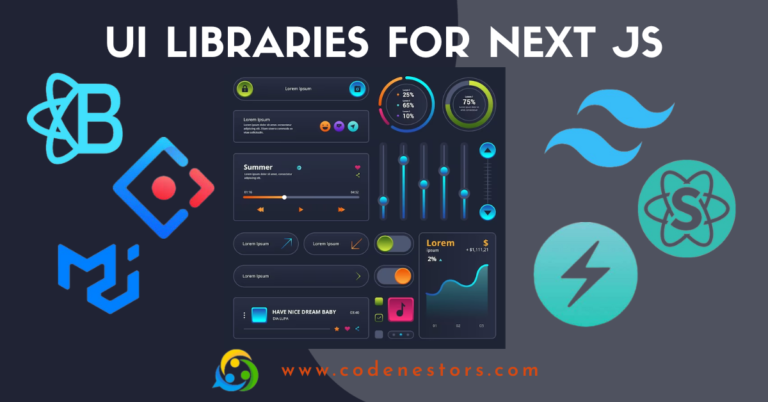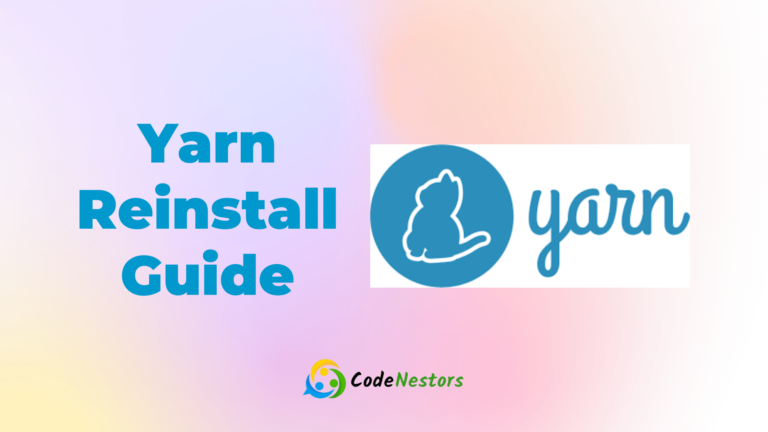headless Ecommerce : explore everything about headless with their pros and cons

introduction
Right now, there’s a big trend in online shopping called “Headless eCommerce.” It’s like a new way of doing things where companies, such as Vercel, Gatsby and even Shopify, are offering tools to help online stores change the way they usually operate.
In simple words, let’s imagine your online store as a car. Normally, the front part (what customers see) and the back part (the workings of the store) are tightly connected. But with Headless eCommerce, it’s like taking the front and back apart, giving stores more freedom to customize and improve.
Headless ECommerce is like building an online store in a way that separates the part customers see (the website or app) from the part that makes the store work (the technology behind it). Instead of having everything packaged together, the store’s look and how it functions are made separately. These parts then talk to each other through a kind of tech language called APIs. It’s a bit like having different pieces that work together to create a smooth online shopping experience.
Headless ECommerce vs. Traditional Ecommerce
Traditional ecommerce :
Traditional ecommerce refers to the conventional approach of setting up and managing online retail operations where the frontend (what customers see) and the backend (the technology that powers the store) are tightly integrated. In a traditional ecommerce setup, the online store’s user interface, such as the website or app, and the commerce functionality, including inventory management, payment processing, and order fulfillment, are often provided as a unified system. This integrated structure means that changes or customizations to the frontend and backend are interconnected, making the system less flexible and potentially more challenging to adapt to new technologies or design changes. Traditional ecommerce platforms usually come as comprehensive solutions that handle various aspects of online retail within a single framework.
Headless Commerce :
In a headless ECommerce setup, think of the backend (the technology behind the online store) and the frontend (what users see) as living in different places, not tightly connected. They talk to each other through a special tech language called APIs. Unlike the usual setup, where the frontend mainly gets its information from the backend, in Headless ECommerce, the frontend can grab data from different places, not just the backend. It’s like having different pieces of a puzzle that work together, each doing its own thing. This might sound a bit complex, but the cool part is that these “microservices” (small, specialized functions) can team up to create a really powerful and flexible online shopping solution.
discussion on what is different between Headless ECommerce and Traditional eCommerce has done. Now jump to Headless Commerce only !
Let’s explore some pros and cons of Headless ECommerce
pros of headless
Speed page load time
- Decoupled Frontend: In a Headless ECommerce architecture, the frontend is detached from the backend. This separation enables developers to optimize the frontend specifically for speed without being constrained by the complexities of the backend. The frontend can be streamlined and designed for faster loading, leading to quicker page load times.
- Content Delivery Networks (CDNs): With headless commerce, it’s easier to implement Content Delivery Networks (CDNs). CDNs cache and deliver content from servers that are geographically closer to the user. This reduces the physical distance data needs to travel, enhancing page load speed.
- Optimised Resources: Headless ECommerce allows for the use of lightweight frameworks and technologies optimised for performance. Developers can choose the most efficient tools for building the front-end, resulting in faster rendering and improved overall speed.
- Parallel Development: Since the front-end and back-end are independent in a headless setup, developers can work on them simultaneously. This parallel development accelerates the optimisation process and allows for quicker implementation of performance enhancements.
- Scalability: Headless commerce systems are often more scale-able, meaning they can handle increased traffic and demand without sacrificing speed. This is crucial for maintaining optimal performance during peak periods.
- Fast Loading Times for Better Rankings: The faster page load times achieved through Headless ECommerce contribute positively to SEO. Search engines, including Google, consider page speed as a ranking factor, emphasising the importance of delivering a seamless and quick user experience.
The ability to Personalise and try out new things
Imagine entering an online store that feels like a personalised journey. You’re greeted by a delightful step-by-step wizard, guiding you through preferences and presenting hand-picked options just for you. When shopping for clothes, picture having the fun of virtually trying them on using an augmented reality engine, allowing you to see how a new shirt looks before making a purchase. Perhaps you’d like to offer customers an interactive animated model where they can experiment with different makeup styles.
The possibilities for introducing these cool experimental features and customisation to your store are virtually endless, constrained only by factors like time, budget, and technical expertise. For larger retailers seeking a competitive edge, this ability to offer unique and engaging experiences can be a significant differentiate, setting their store apart in a crowded market.
Scalability
As website traffic increases, ensuring the site can handle the load becomes crucial. This becomes especially apparent when trying to buy tickets for a popular event – the frustration of a slow-loading website that eventually freezes is all too familiar. Typically, a bottleneck in the system, often the server, causes a delay in processing requests, leading to the entire site becoming unresponsive.
Headless Commerce excels in scalability by avoiding these issues through the separation of front-end and back-end code. This approach prevents bottlenecks and enhances the site’s ability to efficiently handle high volumes of traffic.
Facilitating Transactions and Content in Multiple Currencies and Languages
One of the attractive advantages of headless Commerce setups is their excellent support for multiple languages. While monolithic solutions may attempt to address this, their solutions are often cumbersome and challenging to manage. For European Commerce businesses, in particular, the complexities of handling multiple languages or currencies in a store can be a notable challenge.
Cons of headless
more build time
A common challenge for those new to Headless ECommerce is a misconception about the speed at which content changes become visible. In a traditional ECommerce platform, updating content is a straightforward process – you hit the update button, the changes are saved on the server, and the next time you visit the site, everything reflects the latest updates. However, in a headless setup, the process is a bit different.
When you publish a new change in a Headless ECommerce setup, your front-end framework initiates a process to rebuild the entire store, recompile assets, and then publish the updates to the Content Delivery Network (CDN). This operation inherently takes some time. However, various rendering techniques, such as Next’s incremental Static Regeneration (ISR), are available to optimise this process and reduce the time required for rebuilding the site. These techniques aim to make the content update more efficiently, minimising the downtime between publishing changes and reflecting those changes on the live site. While there is a time investment in the rebuild process, the implementation of advanced rendering techniques helps mitigate potential delays and enhances the overall efficiency of the content update workflow in a headless commerce environment.
Decoupled Management: Products and Content
If your team is accustomed to handling products and content within a unified system, transitioning to headless commerce introduces a learning curve. It involves adapting to the practice of adding a product in platforms like Shopify, BigCommerce, or Commerce Tools, and subsequently integrating it into your site’s content through the headlessCMS. This shift underscores the need for coordination across different platforms, requiring a nuanced understanding of how product and content management interact in the headless commerce environment.
Transitioning to a Headless ECommerce architecture involves substantial costs.
Adopting headless commerce comes with a substantial price tag. Tools in the headless ecosystem cater to high-volume sales, with significant costs for Shopify Plus, Contentful, and Vercel hosting running into thousands per month. Enterprise solutions like Commercetools can cost tens of thousands monthly. Upgrading to a headless store is also pricey, averaging 500–700 hours of design and development. While these expenses promise enhanced performance, customisation, and scalability, they are justified for high-volume stores that can reap the benefits.
Enhanced Tailoring Comes with Increased Complexity
Unleashing the power to customise your store is a double-edged sword. In the past, managing everything happened in one system; now, there are multiple systems to navigate. The headless approach introduces additional workflows for tasks like content publishing, review management, and logistics. Your team must adapt to the Headless ECommerce environment and navigate the intricacies of custom code running your storefront.
For teams valuing simplicity, integrating a new technology like headless eCommerce can pose challenges. It’s a strategic move for retailers poised for growth, representing the next phase in their evolutionary journey.
loss of native ecommerce functionality
As the frontend and backend are separated in the headless commerce approach, any native functionalities that seamlessly operated across both parts of your store’s architecture will no longer function without adjustments. This includes elements like forms, reviews, and sale banners. Another aspect often overlooked by inexperienced businesses is the impact on plugins during the transition. While some plugins can adapt with APIs that communicate with the frontend, custom development is still needed to construct the user interface capable of interacting with these APIs. The transition to a headless architecture necessitates a careful consideration of how existing functionalities and plugins align with the decoupled structure.
Wrap up
I Believe I’ve provided valuable insights into headless eCommerce that will assist you and your team in making informed decisions. It’s a thrilling realm in web development, and its significance is only expected to grow in the coming years.
FAQs
-
What sets headless commerce apart from traditional e-commerce ?
Headless commerce apart from traditional e-commerce by separating the front-end (user interface) and back-end (business logic). This decoupling in headless commerce allows for more flexibility in adapting to changes and upgrading the user interface independently of the underlying system, unlike the integrated structure of traditional e-commerce.
-
What are the key points when choosing a Headless CMS?
When choosing a Headless CMS, prioritize one that suits your business goals and tech needs. Look for ease of use, scalability, and good integration capabilities to ensure seamless content management.
-
Is Headless CMS and Headless Commerce is same ?
NO, Headless commerce and a headless CMS are different concepts. Headless is commerce is focusing for ECommerce where Headless CMS is focusing on managing content.



